שון סקאלי(נולד ב- 1945)
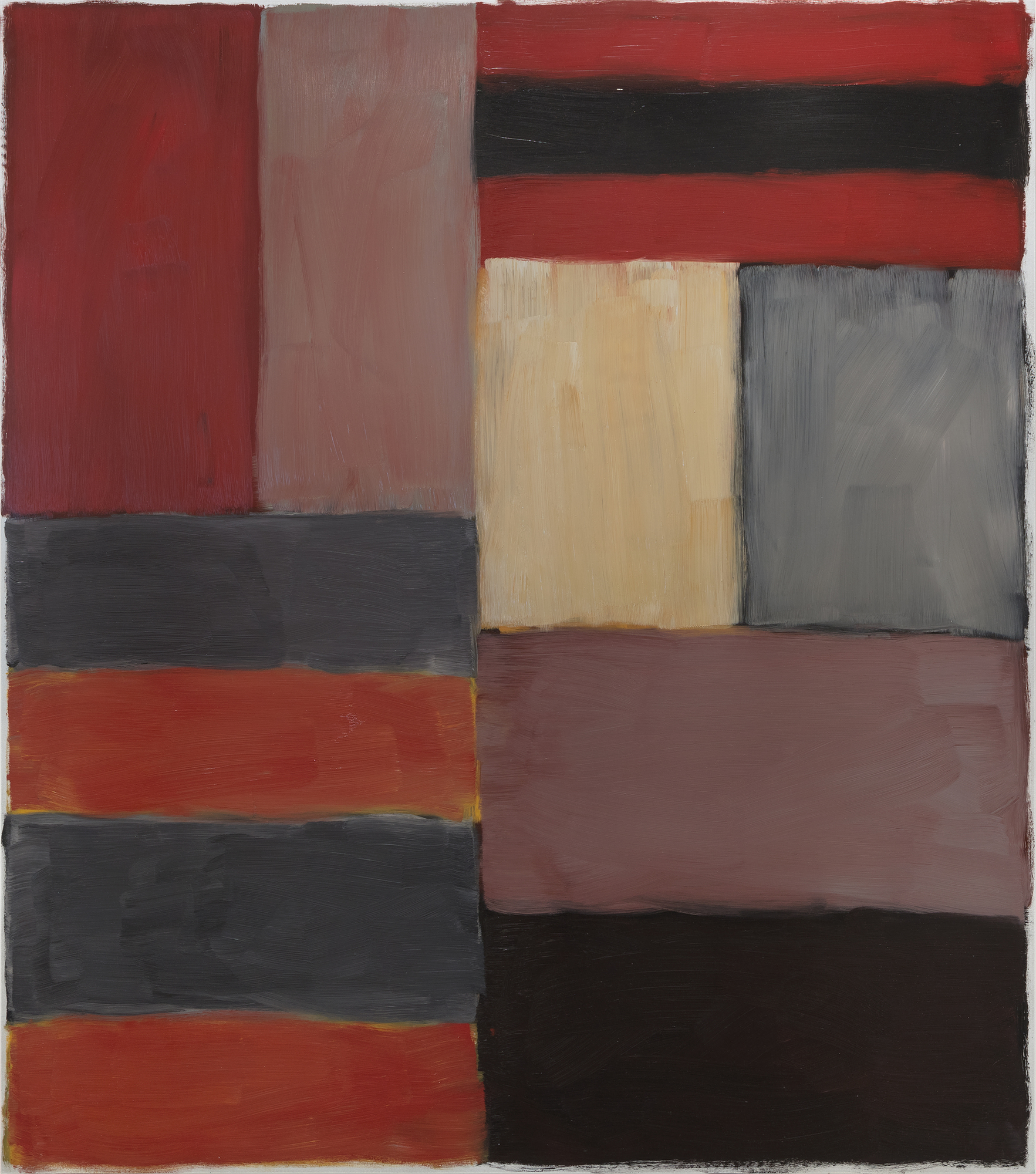
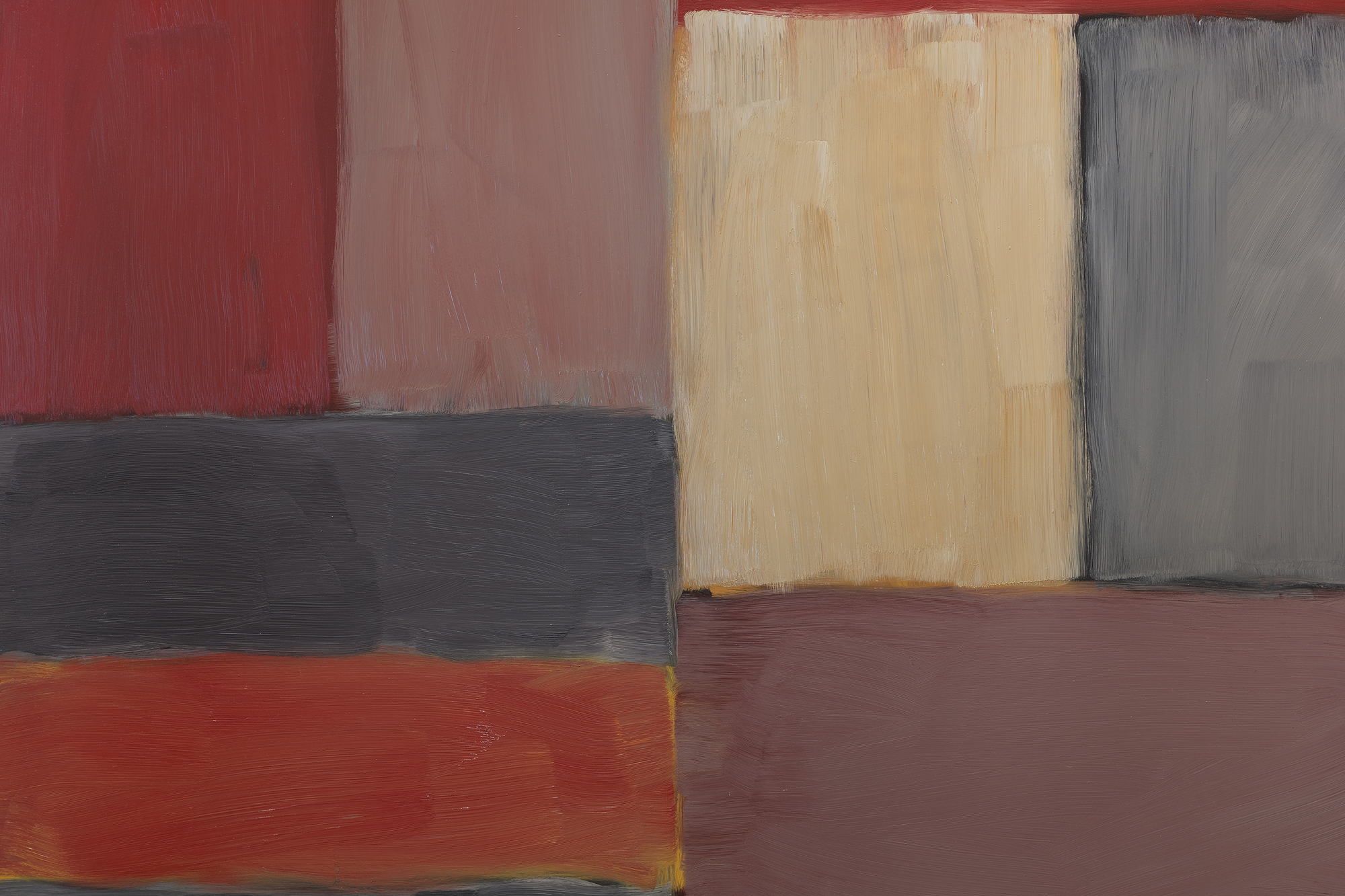
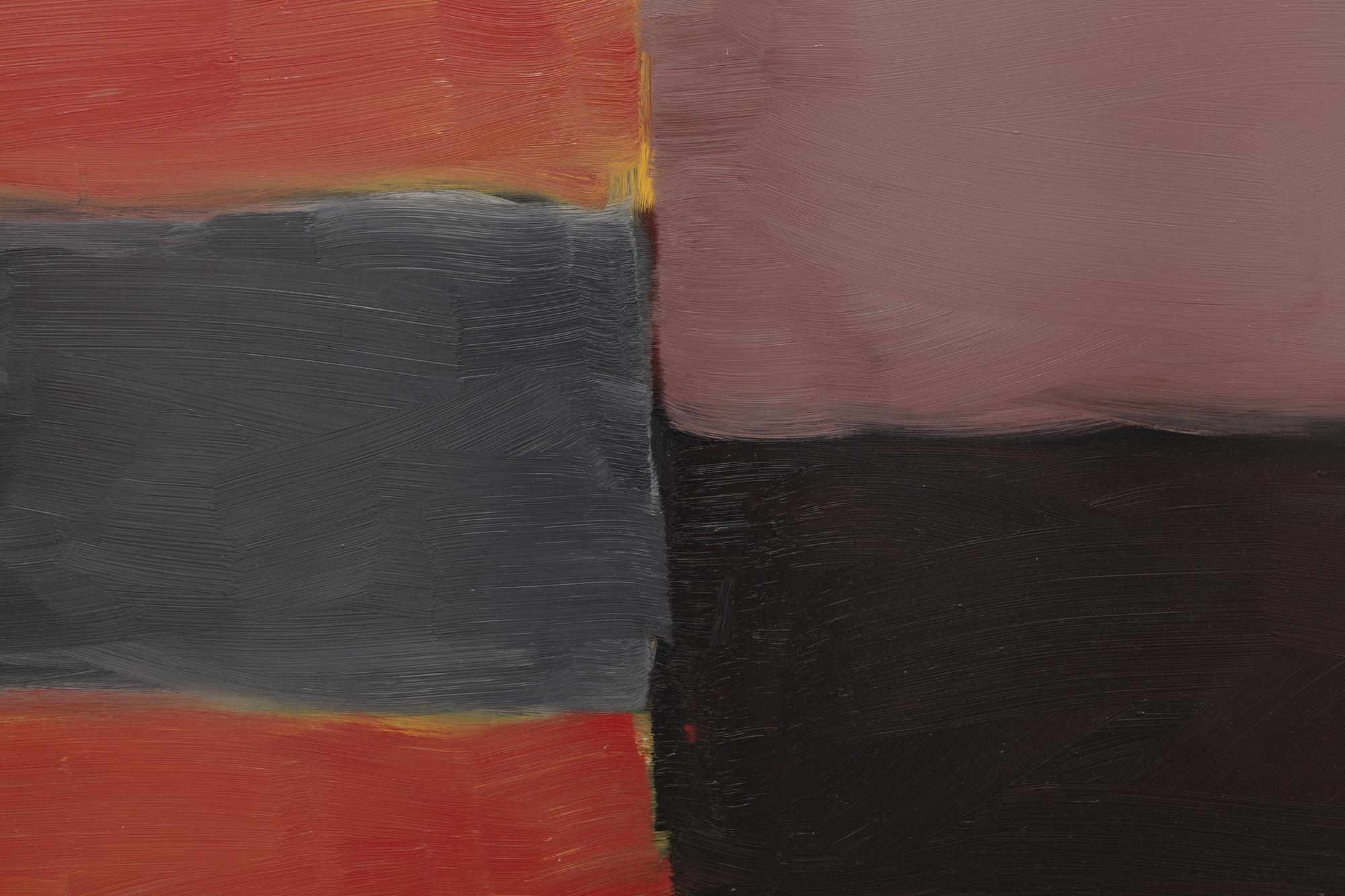
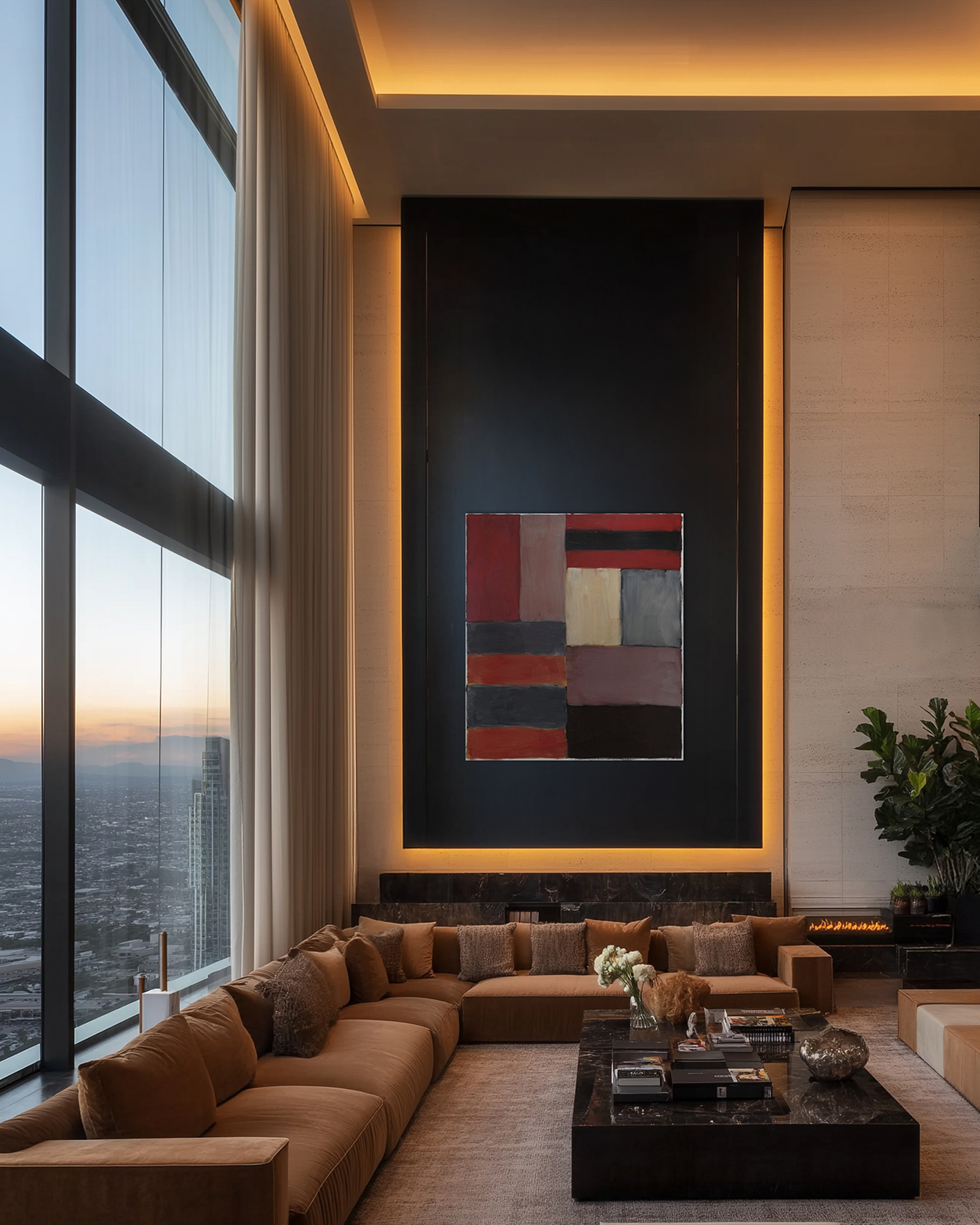
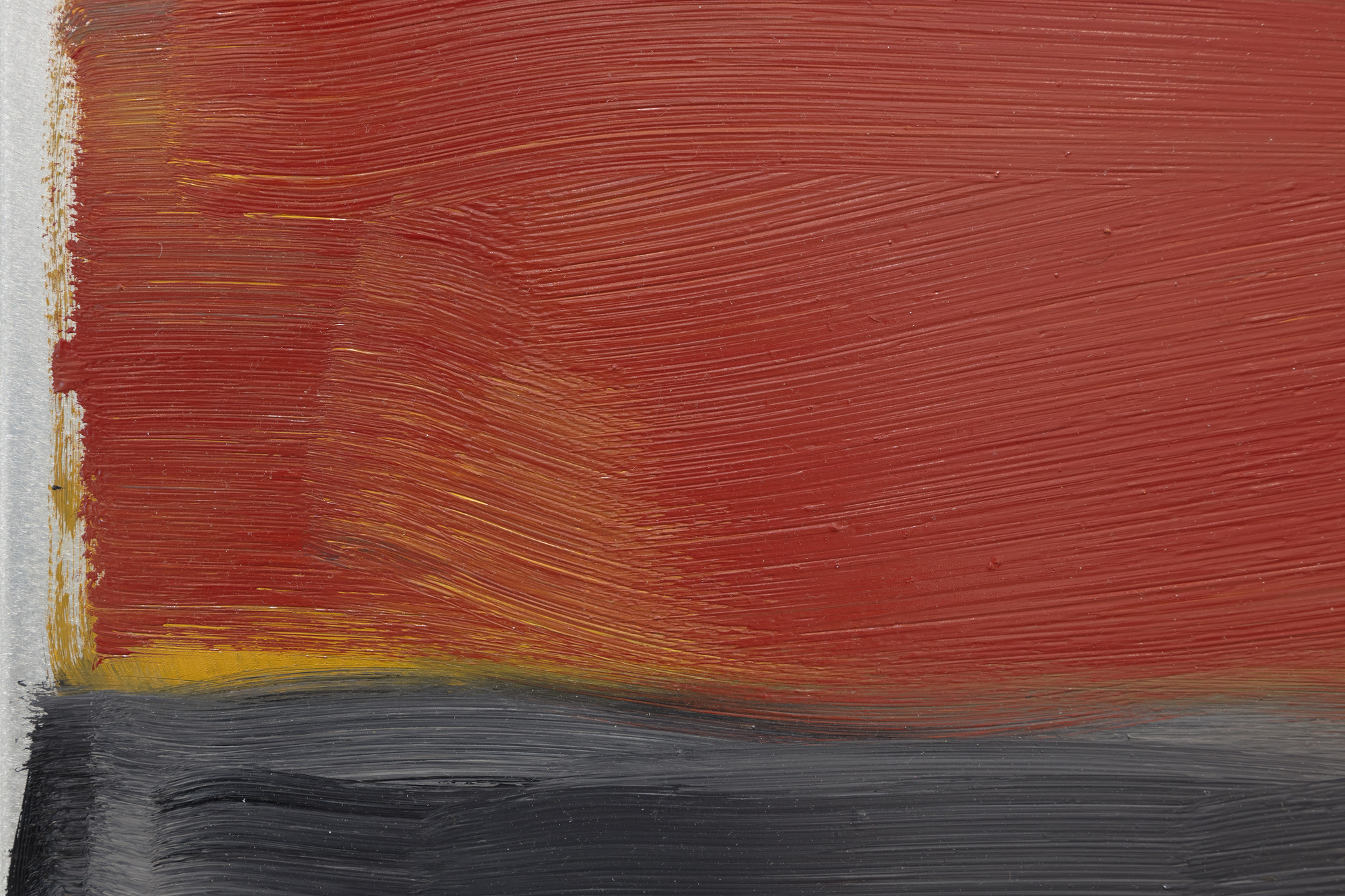
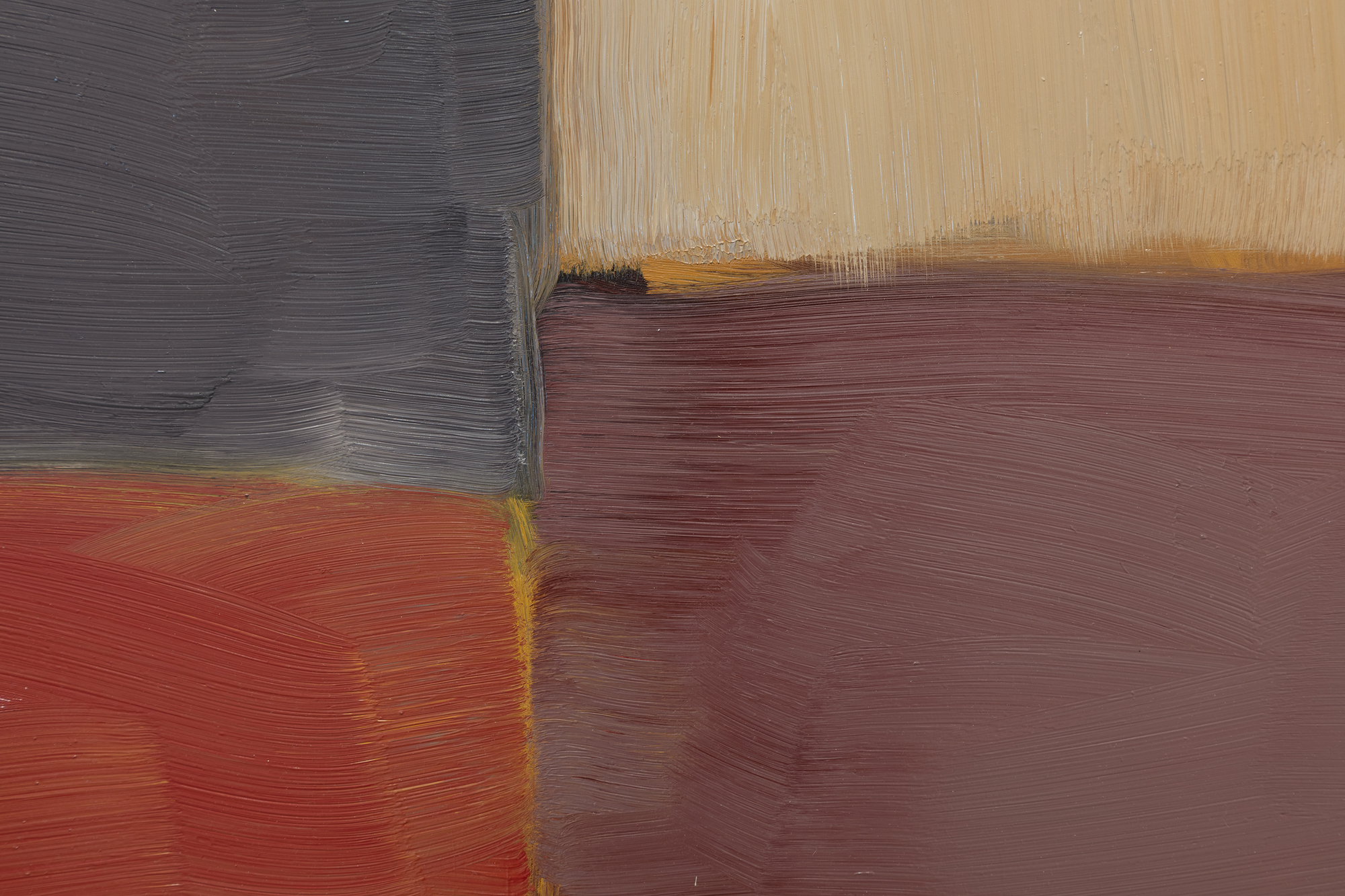
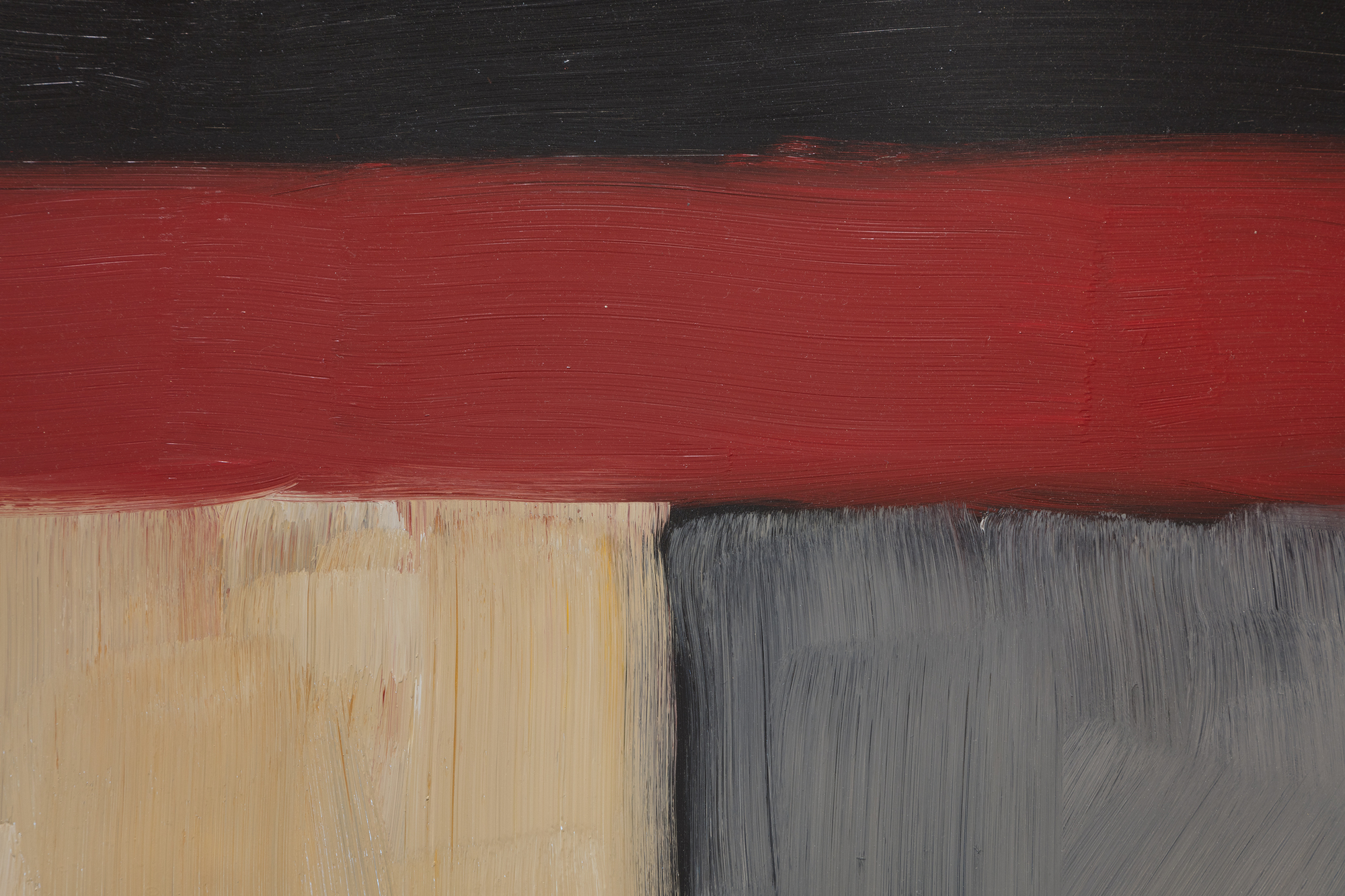
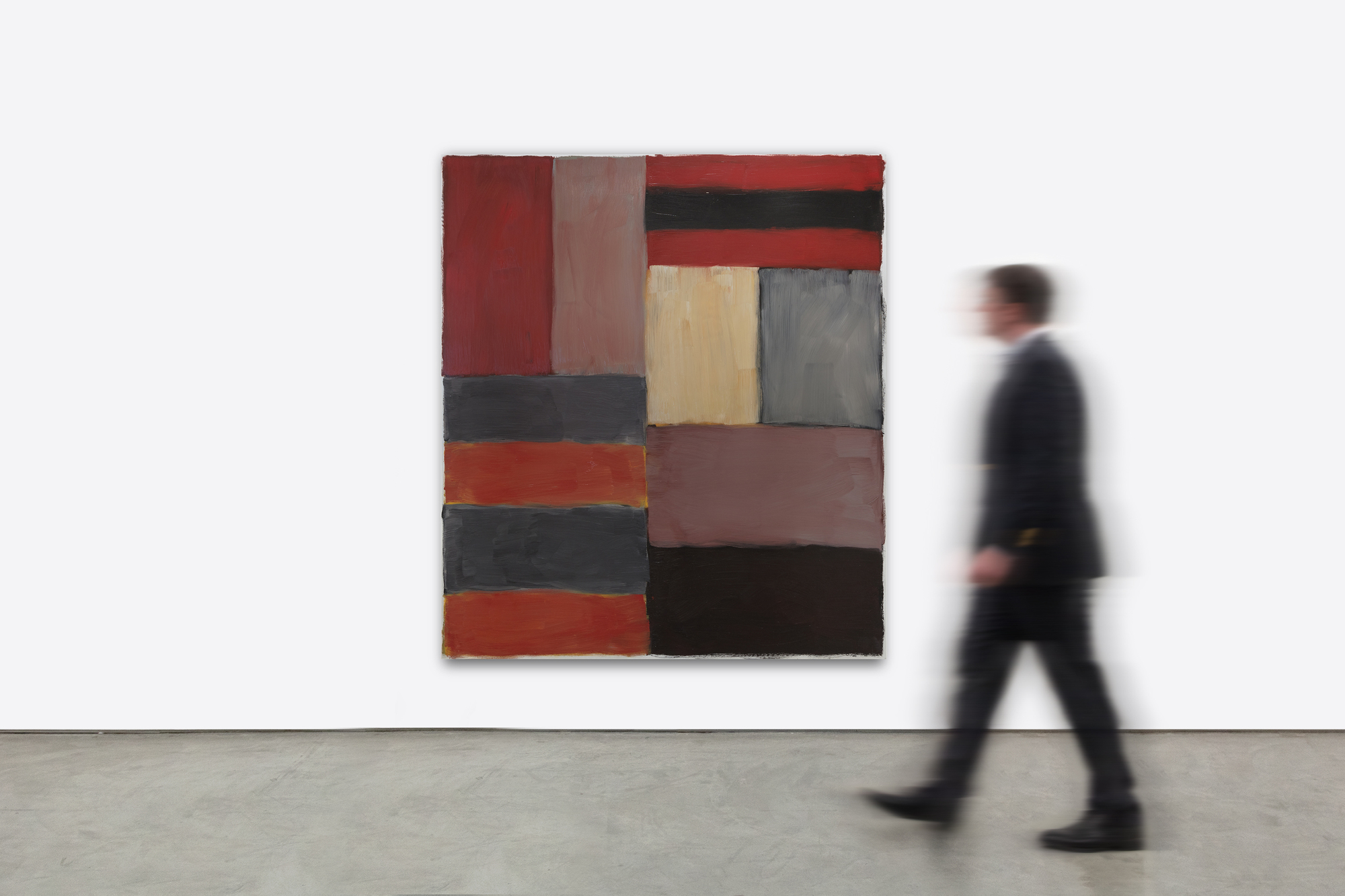
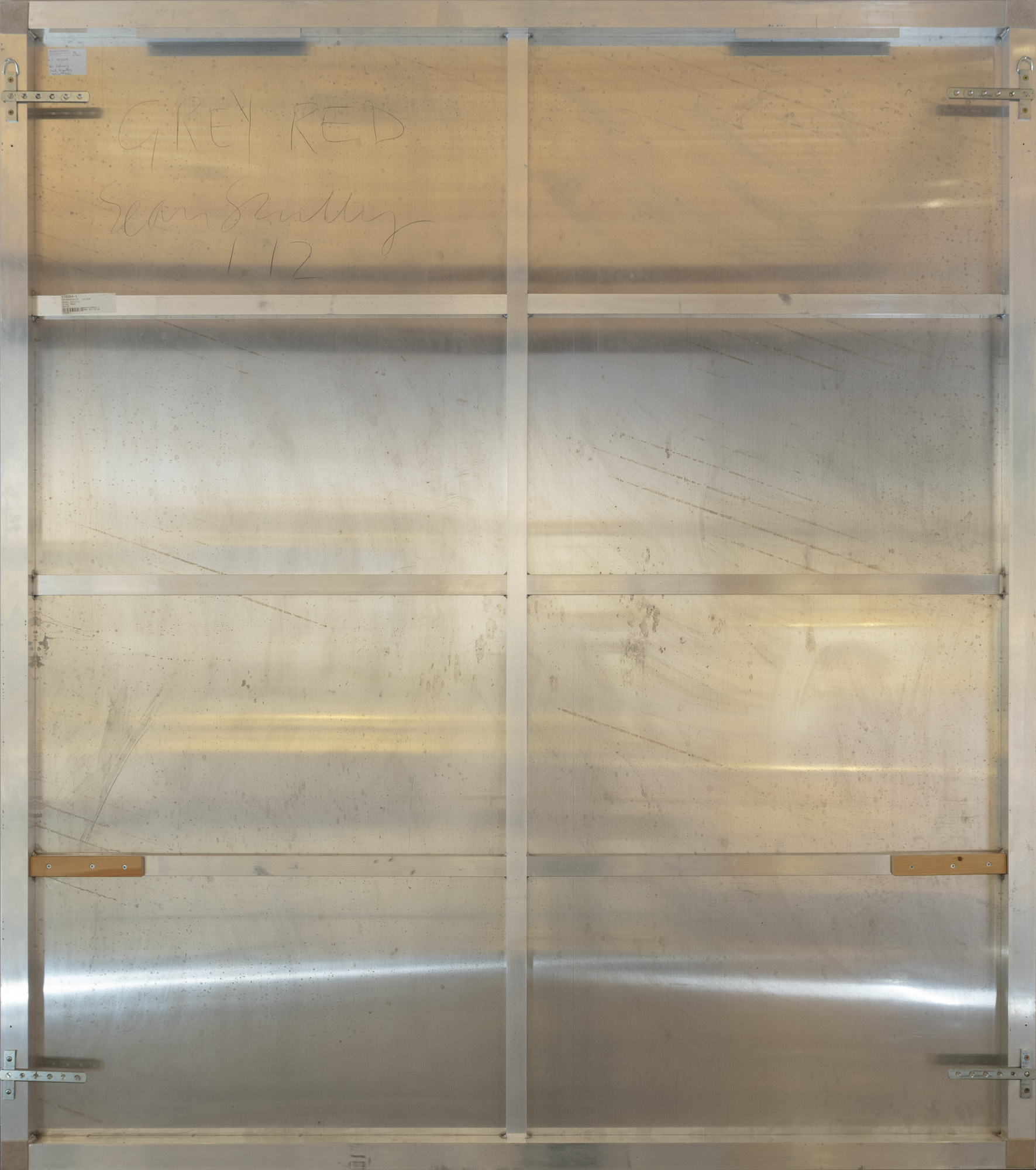
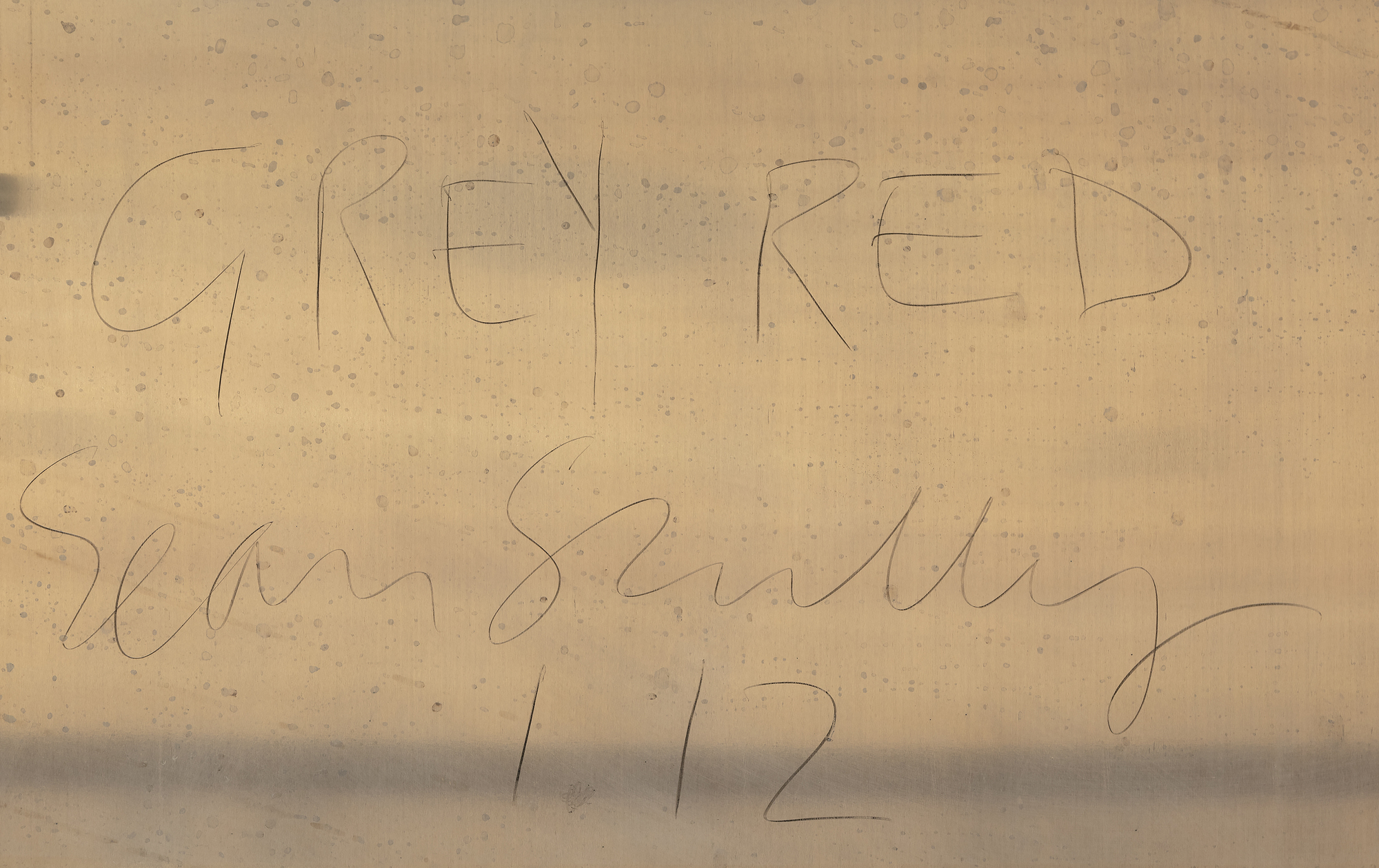
מקור ומקור
טימותי טיילור, לונדון, אנגליהאוסף פרטי
אוסף פרטי, לונדון, אנגליה
פיליפס (לונדון, אנגליה), 5 באוקטובר 2016: "מכירת ערב המאה ה-20 ואמנות עכשווית", לוט 8
אוסף פרטי, שנרכש מהמכירה הנ"ל
פיליפס לונדון: יום חמישי, 8 במרץ 2018, Lot 00035, מכירת ערב ערב המאה ה-20 ואמנות עכשווית
אוסף פרטי, שנרכש מהמכירה הנ"ל
תערוכה
האקדמיה המלכותית לאמנויות (לונדון, אנגליה), "תערוכת הקיץ ה-244 של האקדמיה המלכותית לאמנויות", 4 ביוני - 12 באוגוסט 2012. כלול ב- t... עוד...קטלוג התערוכה, מס' 847גלריית ורי (וינדזור, אנגליה), "שון סקאלי", 3 באוקטובר 2012 - 28 בפברואר 2013
ספרות
זווייט, ארמין, "שון סקאלי: ציורים ועבודות על נייר", (מינכן, גרמניה: גלריה ברנד קלוזר, 1993), עמוד 7מוביל, דייוויד, "שון סקאלי", (לונדון, אנגליה: התמזה והדסון, 2006), עמוד 98
או'סאליבן, מארק, "שון סקאלי: דמות/מופשטת", (אוסטפילדרן, גרמניה: האטיה קנץ ורלאג, 2014), עמוד 7
... פחות...
היסטוריה
מסגרת ההתייחסות לבלוקים ולפסים הייחודיים של שון סקאלי האירי-אמריקאי היא עצומה. מהנחת היסוד המרכזית של מלביץ' שהגאומטריה יכולה לספק את האמצעים להבנה אוניברסלית ועד לגישתו החצופה של רותקו לצבע ולעיבוד של הנשגב הדרמטי, למד סקאלי כיצד לתמצת את הפאר של עולם הטבע למצבים פשוטים של צבע, אור וקומפוזיציה. סקאלי , שנולד בדבלין ב-1945 וגדל בלונדון, למד היטב בציור פיגורטיבי כשהחליט לתפוס את רוחו של כוכב הלודסטאר שלו, אנרי מאטיס, בביקור במרוקו ב-1969. הוא נשבה בקסם הפסיפסים המסנוורים והבדים הצבועים בעושר והחל לצבוע רשתות ופיסות צבע. הרפתקאות מאוחרות יותר סיפקו השראה נוספת כאשר משחק האור העז על המשטחים הרפלקטיביים של חורבות המאיה ולוחות האבן העתיקים בסטונהנג 'הביאו את תחושת האור, החלל והתנועה הגיאומטרית לציוריו של סקאלי . היכולת להתחקות אחר השפעת מסעותיו של סקאלי לאורך ציוריו מאשרת מחדש את ערכה של האמנות המופשטת כאבן בוחן לחוויה בחיים האמיתיים.
צבוע בגוונים עשירים ועמוקים ובמשטחים שכבתיים ומלאי ניואנסים, אדום אפור הוא פיוטי ומלא בפורמליזם שרירי. סקאלי מתייחס כראוי לצורות יסוד אלה כ"לבנים", ומציע את החישובים הפורמליים של אדריכל. כפי שהסביר, "את היחסים האלה שאני רואה בפתחי הרחוב, בחלונות בין בניינים, ובעקבות של מבנים שהיו פעם שוקקי חיים, אני לוקח לעבודתי. אני משתמש בצבעים ובצורות האלה ומרכיב אותם יחד באופן שאולי מזכיר לך משהו, אם כי אתה לא בטוח בכך" (David Carrier, Sean Scully, 2004, pg. 98). גישתו אורגנית, פחות נוסחתית; הבחירות של צייר אינטואיטיבי הן שכבות צבע אחד על גבי משנהו, כך שגוונים וצבעים מנוגדים רוטטים באנרגיה סאבלימינלית. דיבנקורן עולה על הדעת במרדף שלו אחר אור קורן. אבל כאן, הפסים הקורנים של אדום טרקוטה, אפור, אפור ושחור של אדום אפור מהדהדים באנרגיה עמוקה ומעושנת ומעוררים תשוקה משפיעה הרבה יותר ממה שהייתם חושבים שהיא יכולה להקנות. חברו הטוב כתב בונו: "שון ניגש אל הבד כמו קיקבוקסר, טייח, בנאי. איכות הציור זועקת על חיים שחיים".
תובנות שוק
- שיא המכירות הפומביות של סקאלי נקבע במאי 2022 כאשר סונג, 1985, (משמאל) נמכר ביותר מ-2 מיליון דולר בסותבי'ס ניו יורק.
- מתוך עשר התוצאות המובילות של סקאלי במכירה פומבית, תשע צוירו לאחר שנת 2000. יתרה מכך, שבע מתוך עשר התוצאות המובילות הללו הן עבור יצירות אמנות המתוארכות לאחר 2010, מה שמוכיח תשוקה עזה במיוחד ליצירות עכשוויות יותר אלה.
- 2012 הייתה שנה חשובה במיוחד עבור האמן שכן היו לו תשע תערוכות יחיד במוזיאון השנה בלבד במוסדות כמו מוזיאון קונסטמוזיאום ברן, אלהמברה ומוזיאון פילדלפיה לאמנות.
- 2012 הייתה גם השנה בה התקבל סקאלי לאקדמיה המלכותית לאמנות.
היסטוריית התערוכה
- זמן קצר לאחר השלמתו של גריי רד, נכלל הציור בתערוכות בולטות.
- אדום אפור היה מספר 847 בקטלוג תערוכת הקיץ ה-244 של האקדמיה המלכותית לאמנויות.
- אדום אפור הוצג בתערוכה "שון סקאלי" בשנת 2012 בגלריה Verey של איטון קולג' בווינדזור, אנגליה (מימין).






































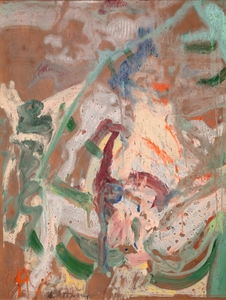
_tn28438.jpg )
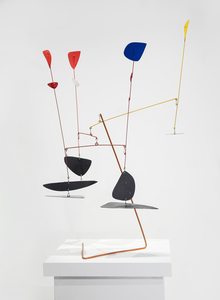
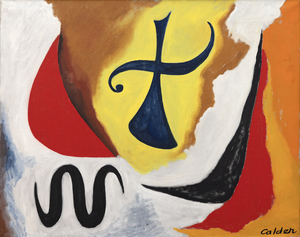

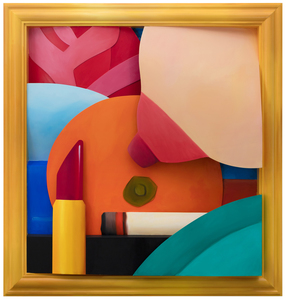
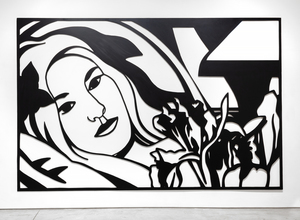
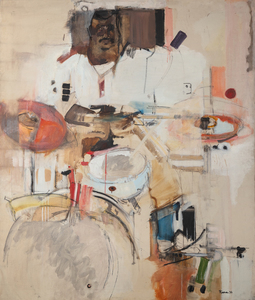
_tn27035.jpg )
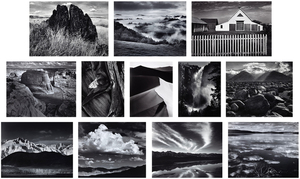
_tn44121.jpg )